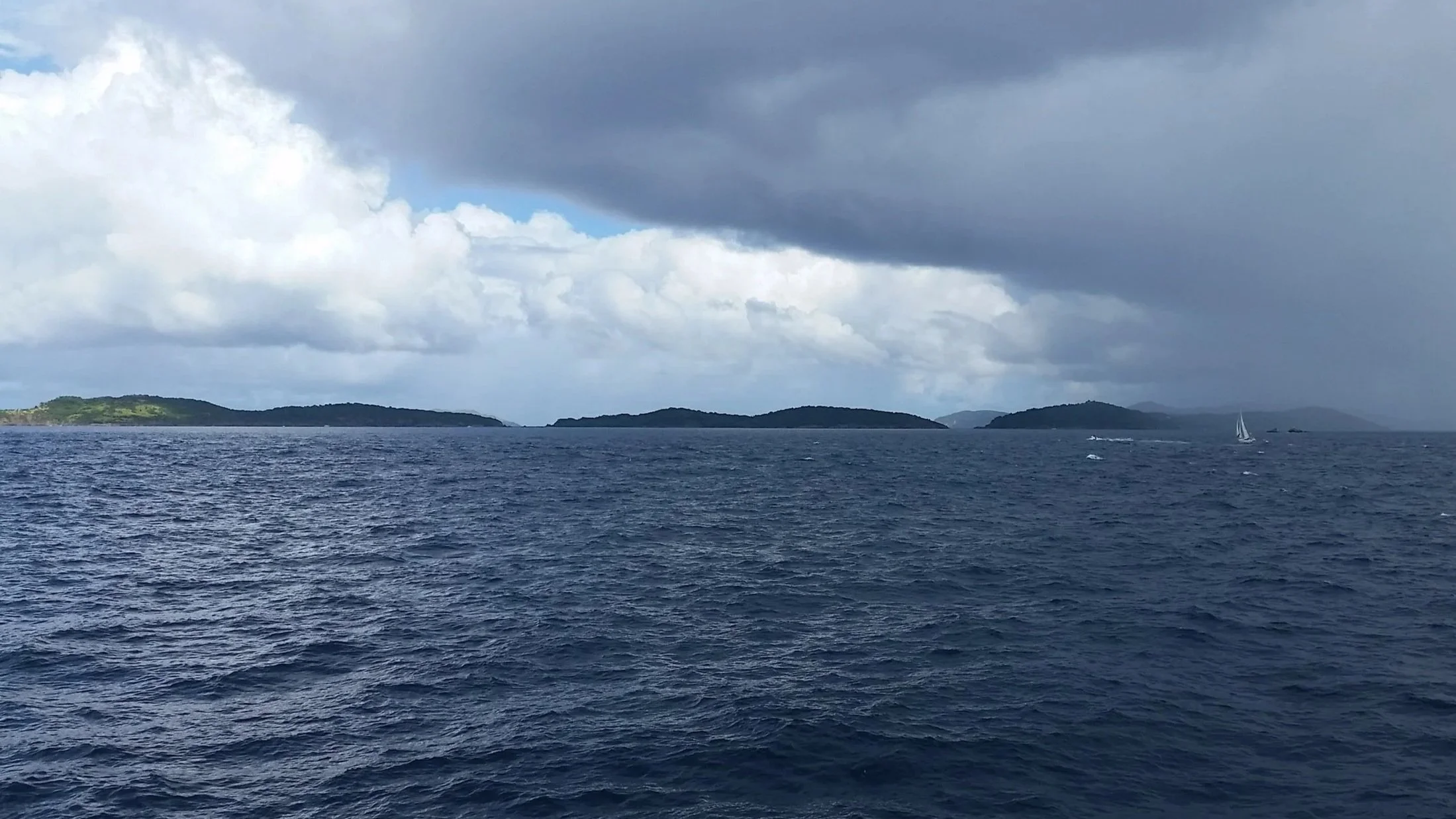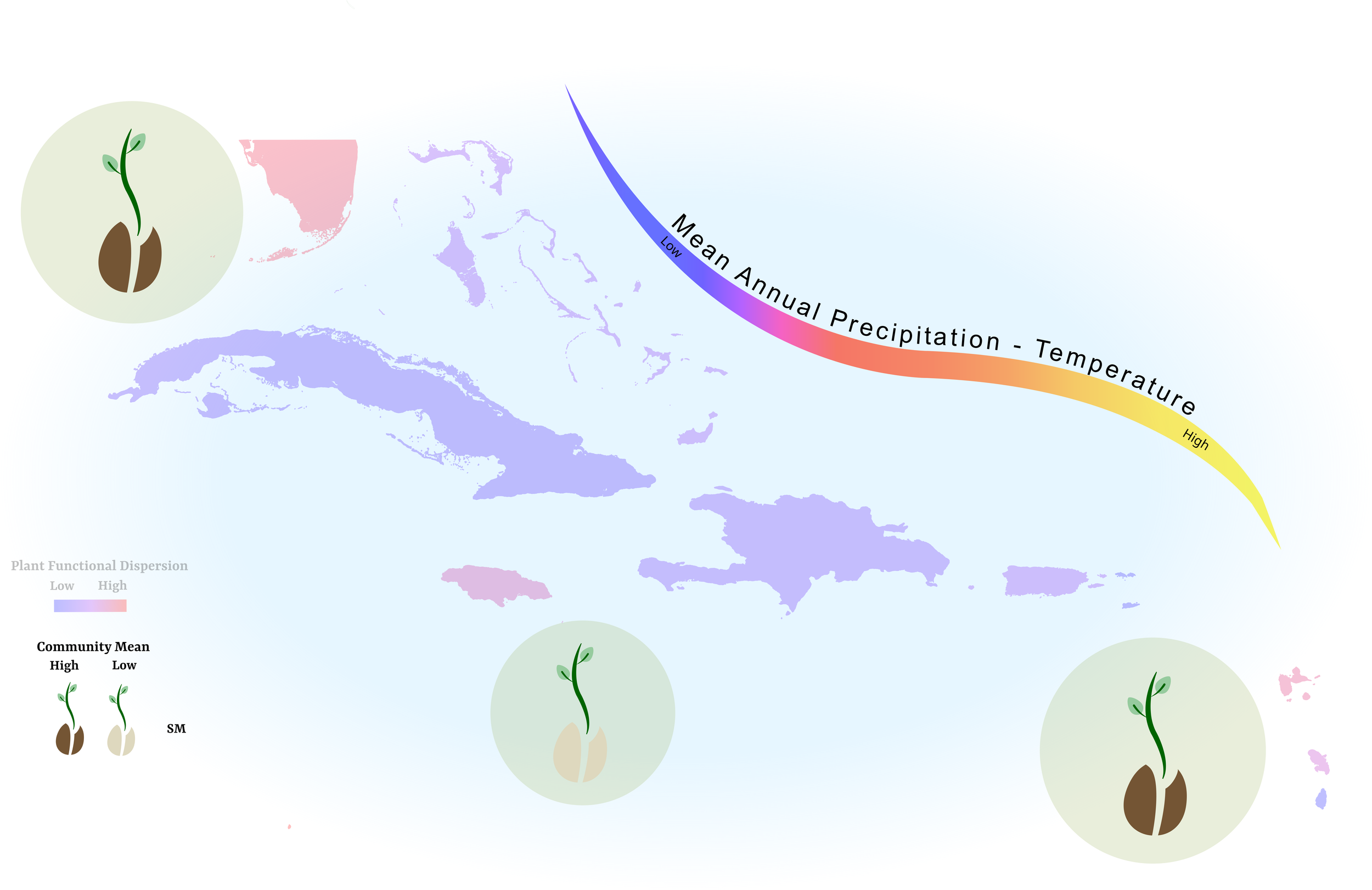
Unveiling Dispersal Mechanisms in Netropical Dry Forests
Testing old theories with new data
This project aims to quantify seed dispersal across continental and Caribbean dry forests, revisiting Gentry and Janzen’s overlooked observation that continental dry forests are primarily wind-dispersed, whereas insular ones are predominantly bird-dispersed. This is particularly important amid the increasing prevalence of non-native, wind-dispersed species and the simultaneous decline in populations of migrating birds across the region.
I found that, despite occurring in climatically distinct regions, Caribbean tropical dry forests are functionally similar.
Notably, their flora is dominated by species with significantly higher seed mass values compared to continental dry forests, which raises critical questions regarding the eco-evolutionary determinants driving the diversity and structure of both continental and Caribbean systems.
Leveraging new, large-scale empirical data, this project seeks to confirm or challenge Gentry and Janzen's long-standing observation. My analysis will use a compiled database featuring approximately 5,000 tropical dry forest species, including seed masses for over 2,000 species.
I established a collaborative network with Dr. Ligia Estela Urrego (Universidad Nacional de Colombia), Dr. Martin Dovciak (State University of New York), and the New York Botanical Garden (NYBG) to complete the species' seed mass data. Sampling was executed at the Universidad de Antioquia herbarium in Medellín, Colombia, and the NYBG herbarium. For the NYBG component, I designed and co-led a three-month internship with Dr. Dovciak, mentoring three undergraduate students in seed mass sampling and student projects.





